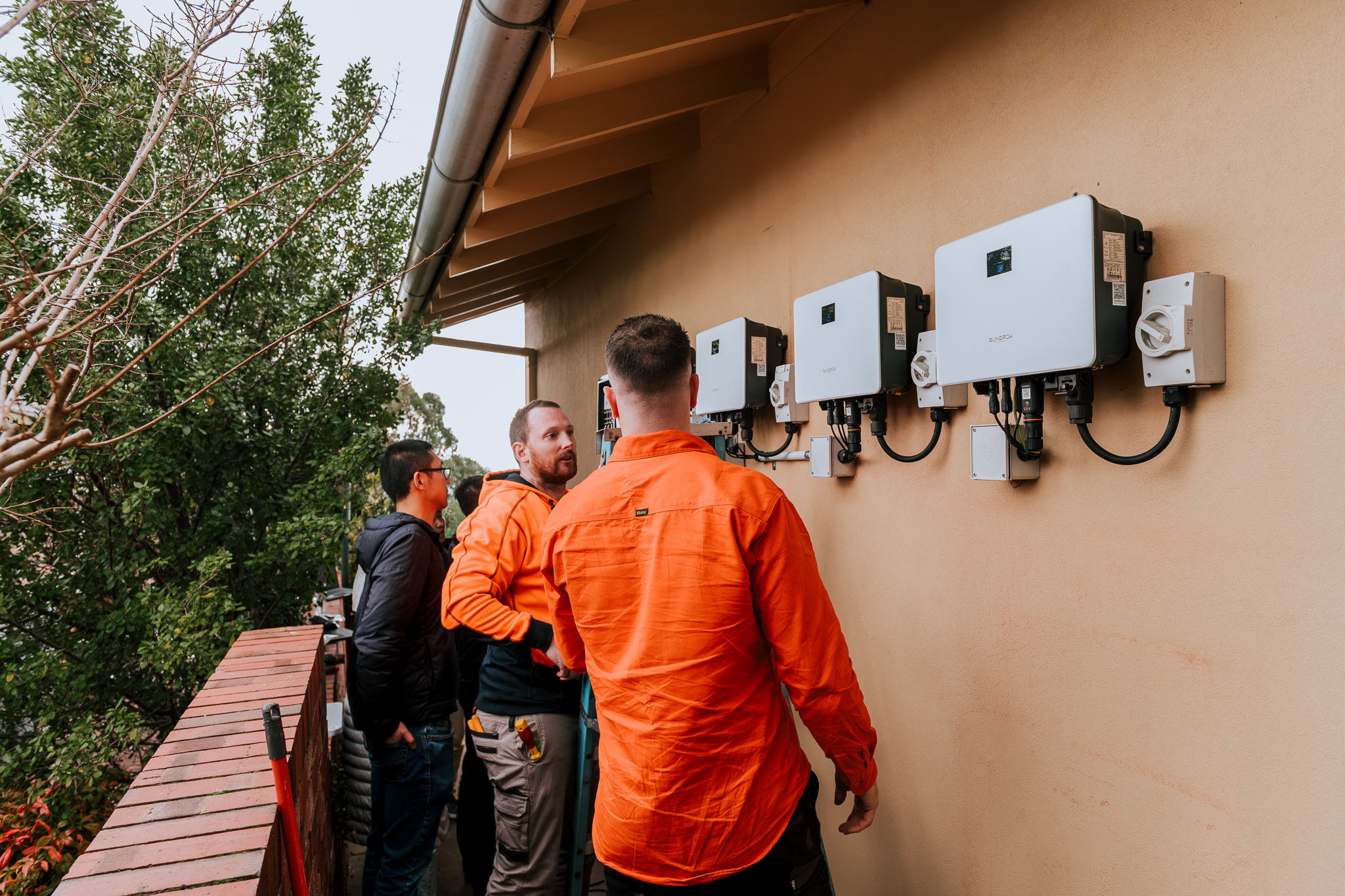
Spring Sunlight and Solar Power: Why Cooler Days Mean Higher Efficiency
As spring arrives across Australia, the days get longer, brighter, and warmer. From Perth to Sydney, Adelaide to Brisbane, homeowners are already noticing the shift in temperature and sunlight hours. For solar energy systems, this is the sweet spot of the year - plenty of sunshine without the extreme heat that summer often brings.
More Sun Doesn’t Always Mean More Power
It might seem logical to assume that the blazing summer sun equals maximum solar output. However, solar panels don’t work like that. Panels actually perform best when the air temperature sits around 20-25°C - conditions often found in spring across much of Australia.
When summer hits, especially in cities where the mercury pushes 35-40°C or higher, solar efficiency starts to dip. That’s because heat creates electrical resistance inside the panels, slightly lowering the voltage they produce. The result: even though summer days bring more sunlight, the actual conversion of that light into electricity can be less efficient than on cooler spring days.
Why Spring Is Prime Time for Solar in Australia
Across the Australian east coast, September through November provides some of the best solar conditions of the year. Sunshine hours are high, skies are often clear, and average daytime temperatures hover in the panel-friendly mid-20s.
This means that in places like Melbourne, where spring offers mild, sunny conditions, your system may perform more efficiently than in the scorching highs of January. Similarly, in Perth or Adelaide, where summer heatwaves can see days well into the 40s, spring provides consistent, reliable solar efficiency.
Making the Most of Solar Year-Round
Even though summer heat reduces efficiency slightly, Australia’s famously long summer days still mean high overall energy generation. Modern systems are designed to cope with extreme conditions and keep producing power, even on the hottest days.
Spring, however, often represents the perfect balance: enough sunlight hours combined with panel-friendly temperatures. For households with solar batteries, spring is the ideal time to store surplus solar energy, so it’s ready to use once the air conditioning gets switched on in summer.
Key Takeaway
In Australia, spring is when your solar system really hits its stride. With moderate temperatures and plenty of sunshine, you’ll often see higher efficiency than in the height of summer. It’s the perfect reminder that solar power isn’t just about sunlight - it’s about finding the right balance between light and temperature.


